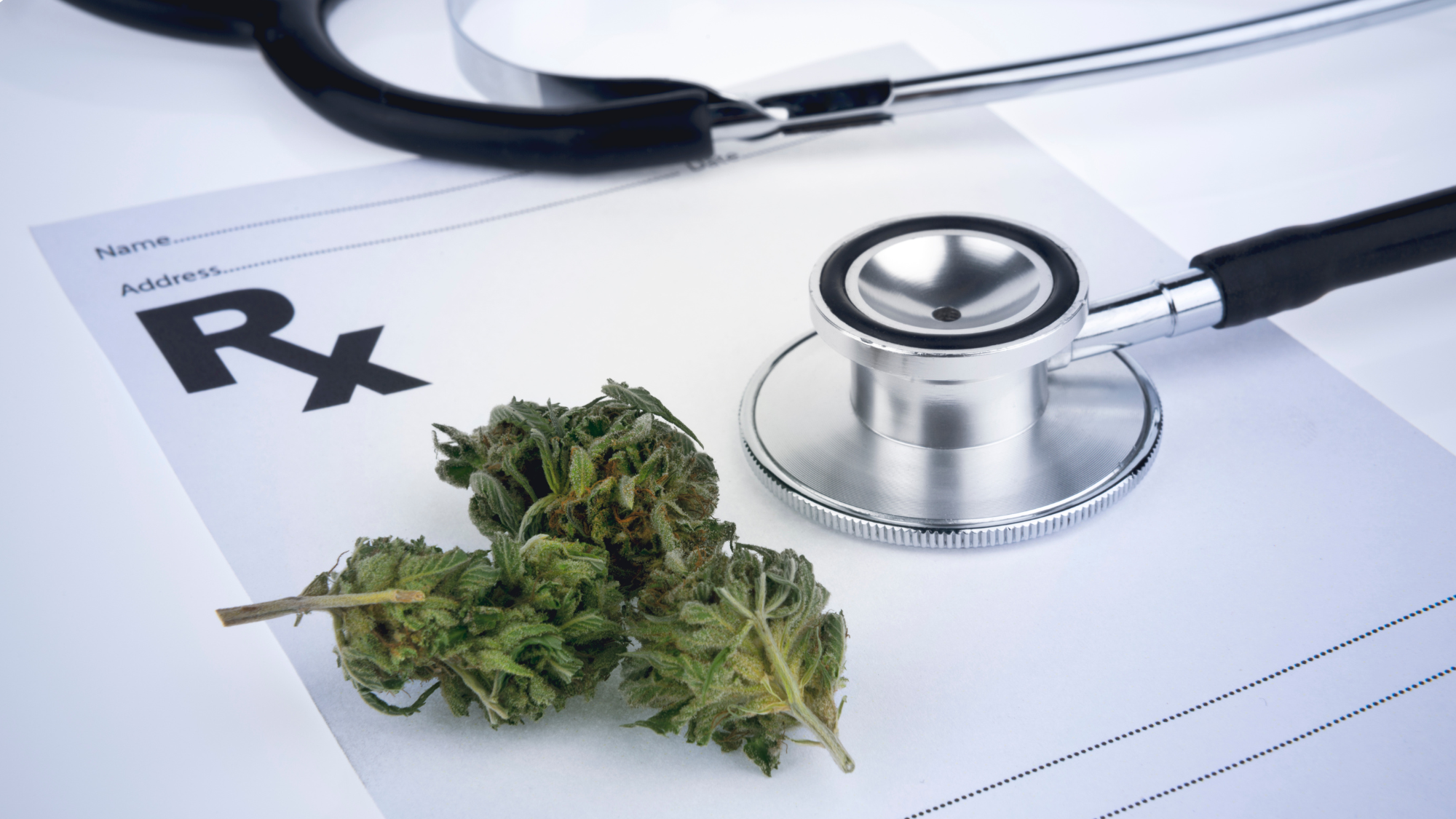
Examples of Acute Illnesses
Most of us have experienced a wide range of acute illnesses during our lifetime. From ear infections to sore throats, or asthma flare-ups, we've all been there. While most cases of sore throats are caused by viruses, with strep being the exception, it's often recommended to wait it out for 7-10 days before seeking medical help. Ear infections can be caused by bacteria and in children, generally need to be seen sooner than 7-10 days. In adults, a watch and wait method is recommended because many times, those symptoms will clear up over time. However, when it comes to asthma, cannabinoids like CBD or cannabis show promise. But could these substances also offer relief for ear infections and sore throats? Let's explore the possibilities.

Acute Asthma Exacerbation
Asthma is a chronic lung disease that causes inflammation and narrowing of the airways that leads to episodes of wheezing, shortness of breath, chest tightness, and coughing. These episodes, or "asthma attacks," can be triggered by things like exercise, cold air, allergies, or smoke. When a patient experiences an acute exacerbation the airways have become swollen and inflamed. The muscles around the airway will contract, the airway will produce extra mucus and this causes the bronchial tubes to become narrow resulting in difficulty with breathing. This can lead to an "asthma attack".
Cannabis has been used to treat asthma for centuries, dating back to at least the 18th century when it was included in the first edition of The New English Dispensatory in 1764. While the exact mechanism by which cannabis exerts its anti-asthmatic effect is not known, it is thought to work by reducing inflammation in the airways. A review of publications from PubMed and Medline found Cannabis has a bronchodilator effect on the airways and might have an anti-inflammatory effect on asthmatic patients. However, harmful effects on the lungs are mainly attributed to smoking and include airway irritation and the development of chronic bronchitis symptoms.1
CBD may also play a role in the anti-asthmatic effects of cannabis by keeping the endocannabinoid anandamide from breaking down. Anandamide is an endogenous cannabinoid (a compound produced naturally by our bodies) that is known to have anti-inflammatory effects. Because there are receptors and endocannabinoids found in most cells in the body, including the lungs, it's important to understand how these cells/receptors respond to the cannabinoids in CBD and cannabis. Research shows that CB1 receptors may be responsible for the relaxation of smooth muscle in the bronchioles which would be the mechanism of action of how using cannabinoids in the setting of an acute asthma exacerbation may be reasonable. 2 When CB1 receptors are stimulated, it inhibits the contraction of smooth muscle. In an exacerbation, it 's the contraction of the smooth muscle along with increased mucus production that causes breathing difficulty. It makes sense that using cannabinoids during an exacerbation would help restore breathing to a more normal level.
If you use cannabis for an exacerbation, it's not recommended to smoke it due to the harshness on the lungs but using a dry herb vaporizer would still have a quick onset of action and be less harsh. Using an oil or tincture under the tongue would be some relief but wouldn't be as effective in relaxing the contractions of the smooth muscle.
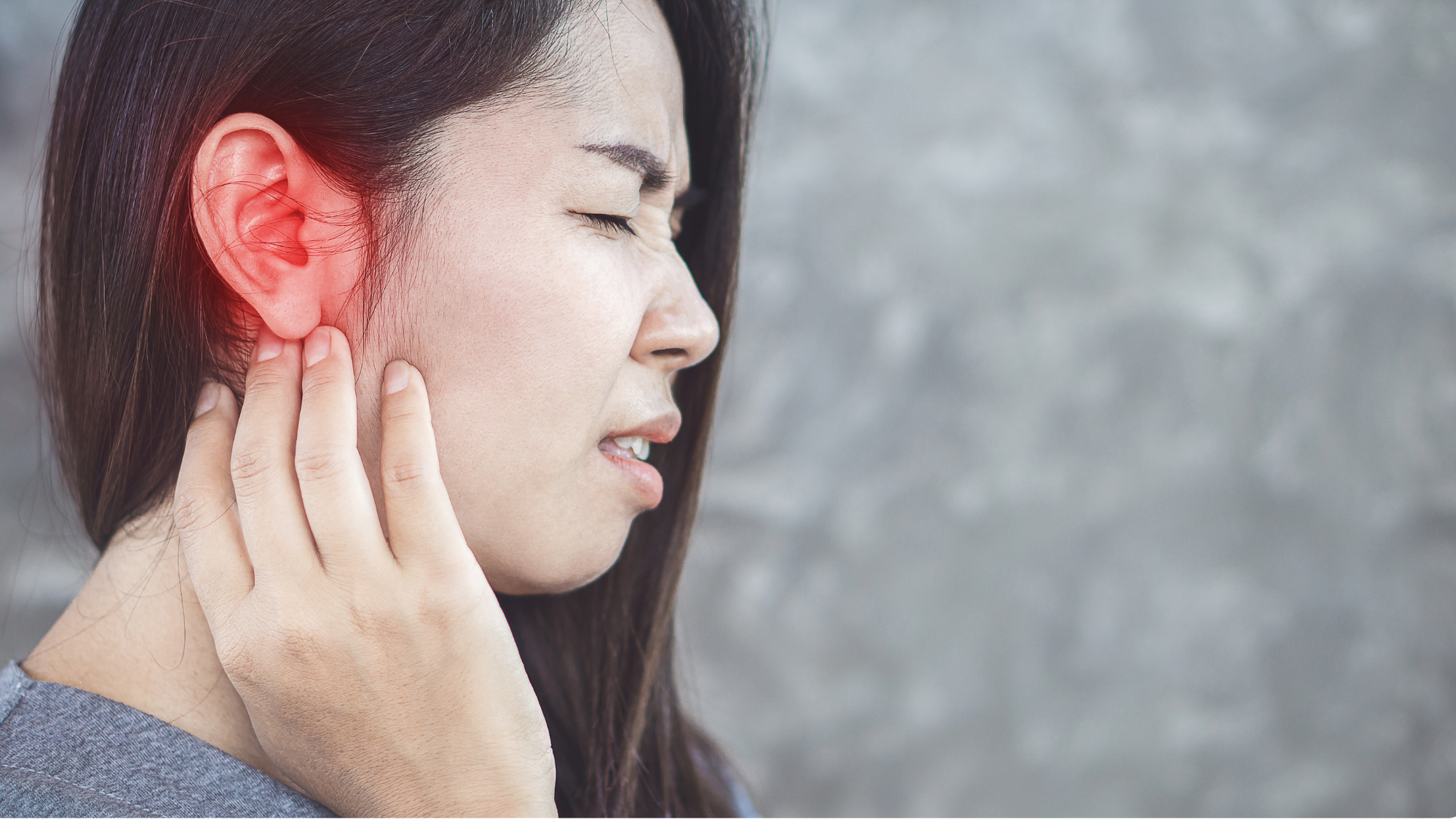
What About Ear Pain?
Ears can hurt for a number of reasons. You may have allergies that cause pressure on the inner ear. If you have dental pain because of cavities or maybe an oral procedure, pain can radiate into the ear. If you have been swimming, you may have swimmers ear. You may have an otitis media which is an inner ear infection. That can be caused by bacteria or viruses. Most of these conditions will resolve without intervention but some may require antibiotics or ear drops. But what about cannabis or CBD? That's what I wanted to know and try as I might, there are no studies surrounding the use of CBD and cannabis to relieve acute ear pain.
That being said, I am going to throw in my thoughts about what might be beneficial. We know that CBD and CBG are high in anti-inflammatory properties. If you use an oil you could apply it to the skin around the ear. When my grandkids were little we would use lavender essential oil in that same way and they would have relief within 15-20 minutes. Because the oil is absorbed into the skin it would have an effect within that same amount of time. You could also use the oil under the tongue or a tincture in the same way. Within 15-30 minutes you might have relief. The other option would be an edible but it will take longer to take effect, like 1.5-2 hours.
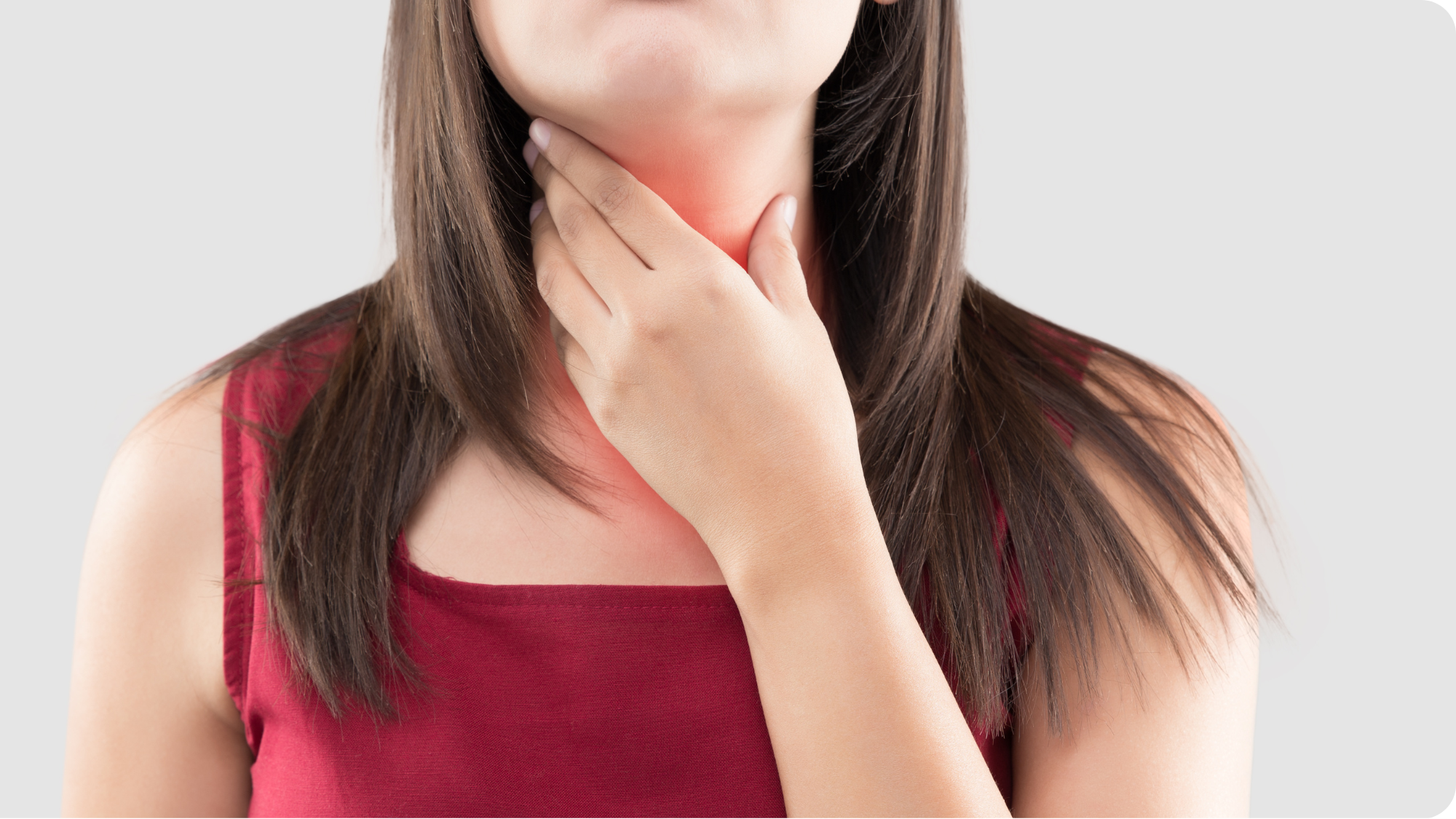
Pharyngitis
Pharyngitis means sore throat. Throats can become irritated and sore from allergies, breathing toxins like nicotine or chemicals, viruses or bacteria. Of course, the worse case scenario is a bacterial infection which would be caused by strep. In that case you have to have an antibiotic to avoid complications like Rheumatic heart disease.
I checked some dispensaries and there are CBD throat lozenges available but you could make your own as well. Again, there are no studies to support using CBD or cannabis for a sore throat.
Conclusion
Although medical advice should always be taken before evaluating the effectiveness of natural remedies from CBD to cannabis to essential oils, it's interesting to note that these compounds may offer a potential solution for those suffering from or trying to prevent asthma flare-ups. Even though research is ongoing, this could be an encouraging breakthrough, allowing people with asthma to receive quicker and effective relief. We must always remember that acute illnesses such as ear infections and sore throats are serious and should be addressed with the help of a medical professional if symptoms persist more than 7-10 days especially in children. Whether you suffer from one of these ailments or not, it's exciting know
that the possibility of using natural solutions can help with the discomfort of these common acute illnesses.
1) Israel Medical Association Journal 2020 Apr;22(4):232-235.
2) Molecules. 2019 Dec; 24(24): 4626.
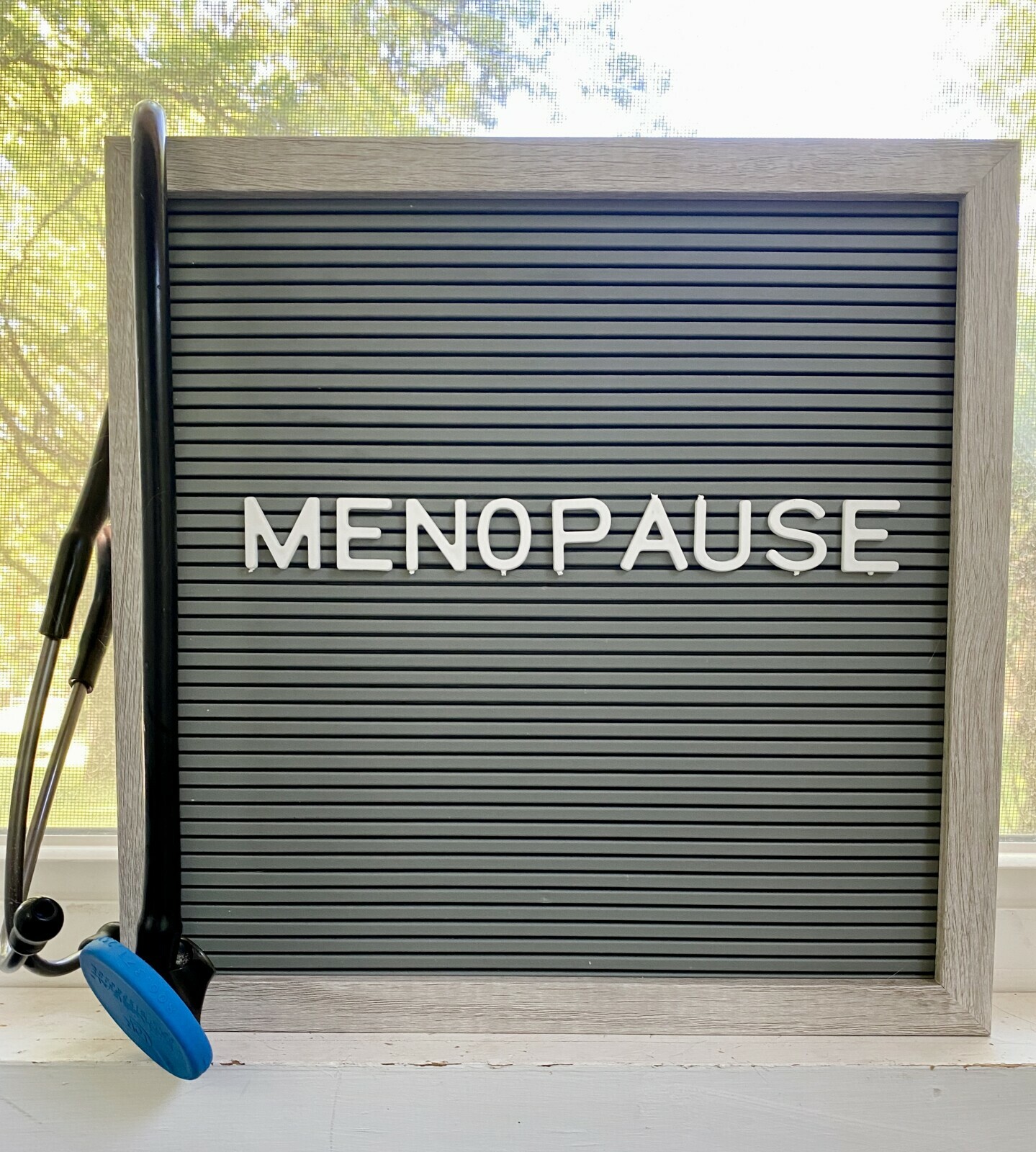
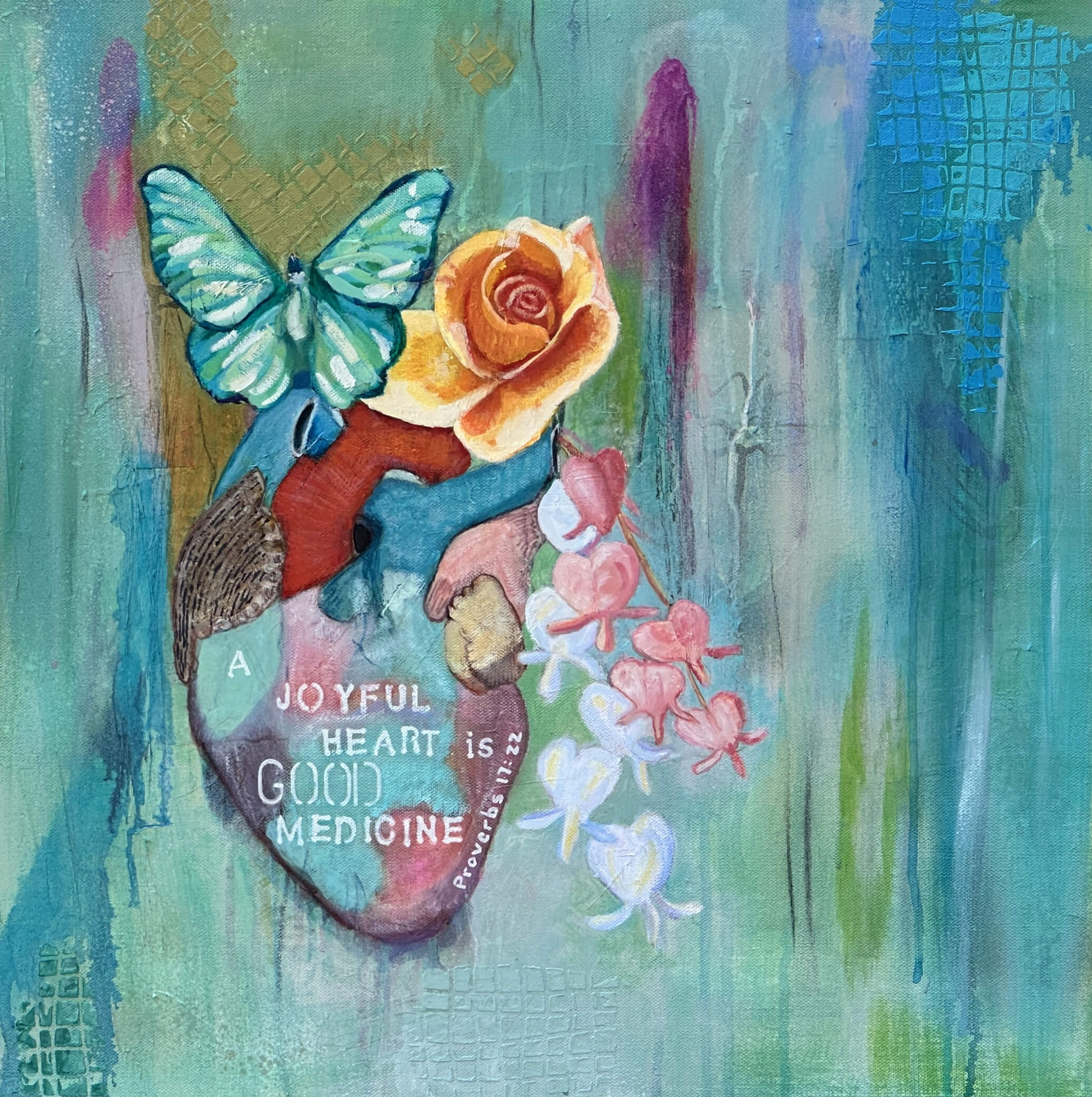





0 Comments